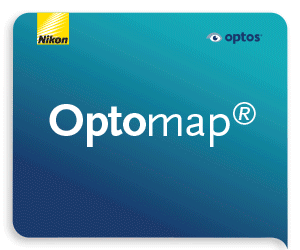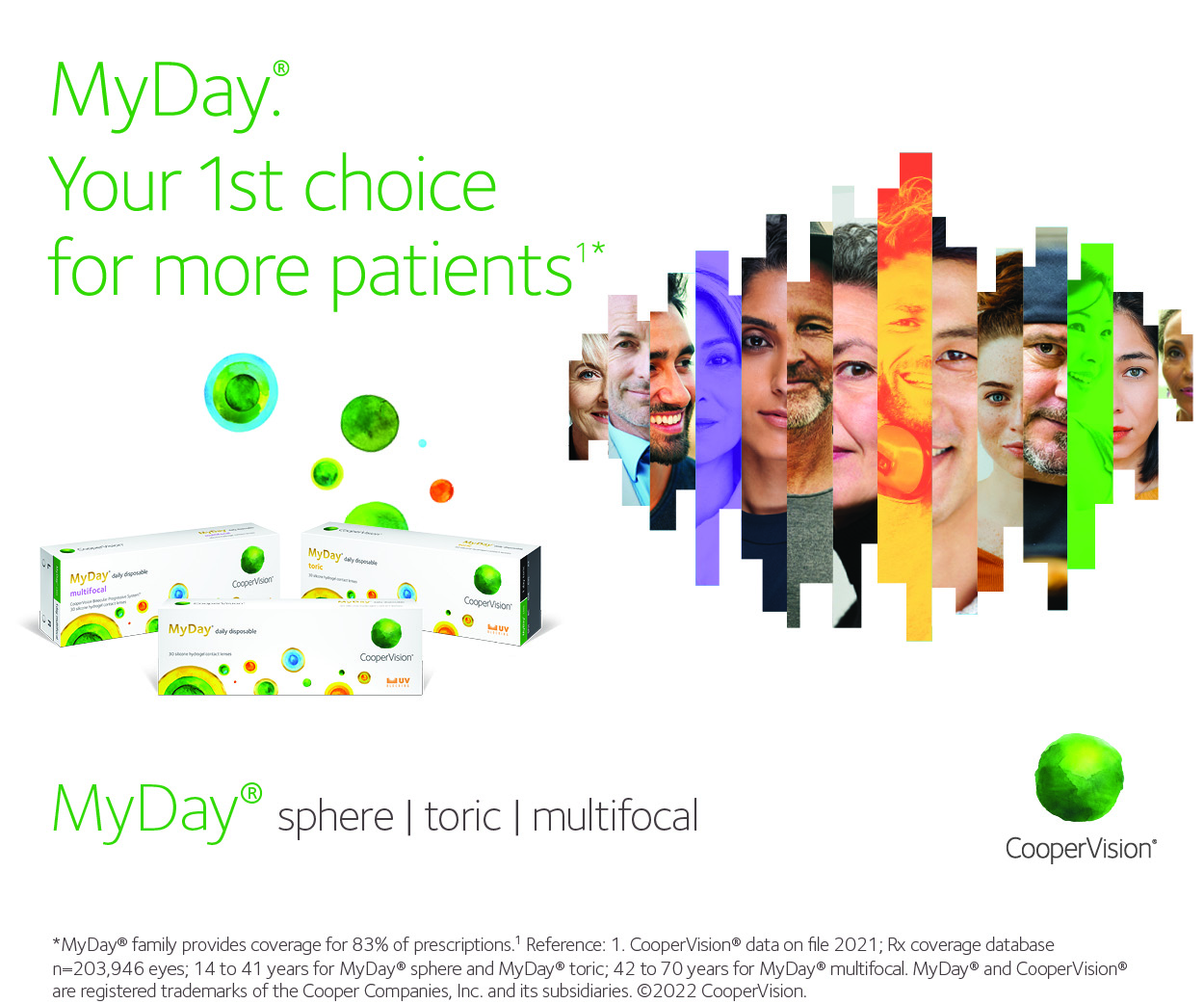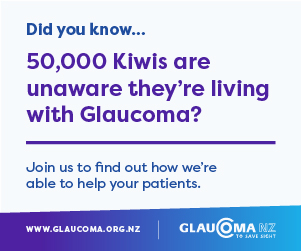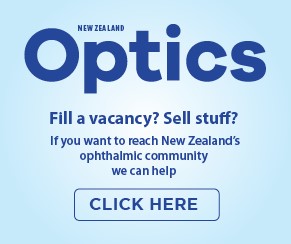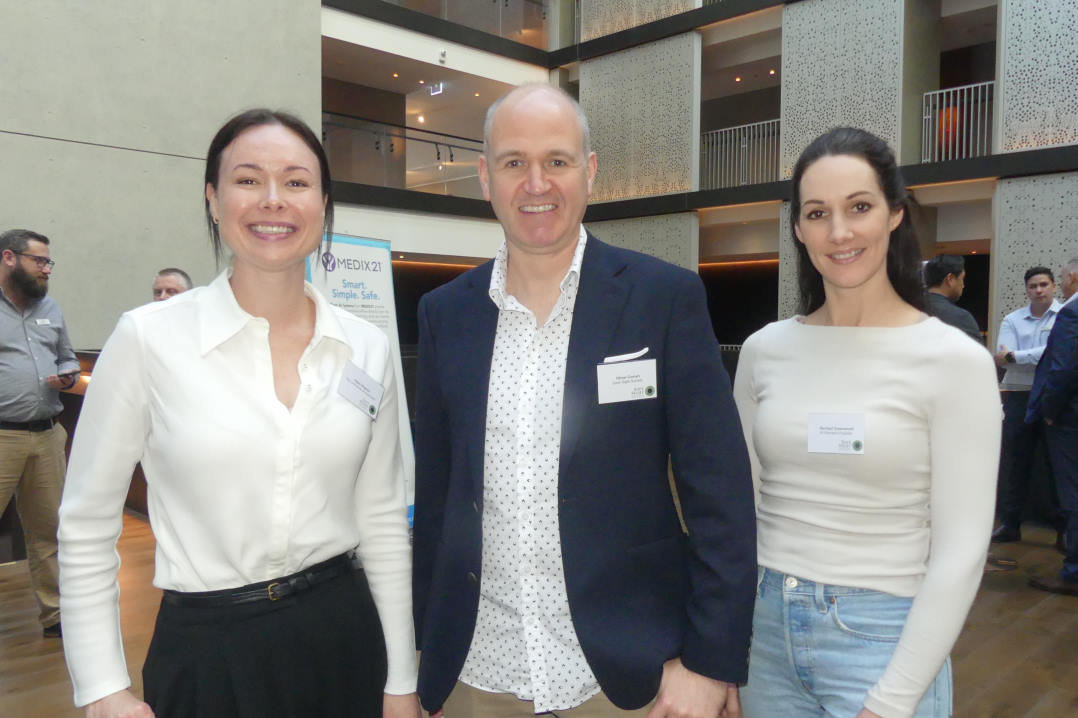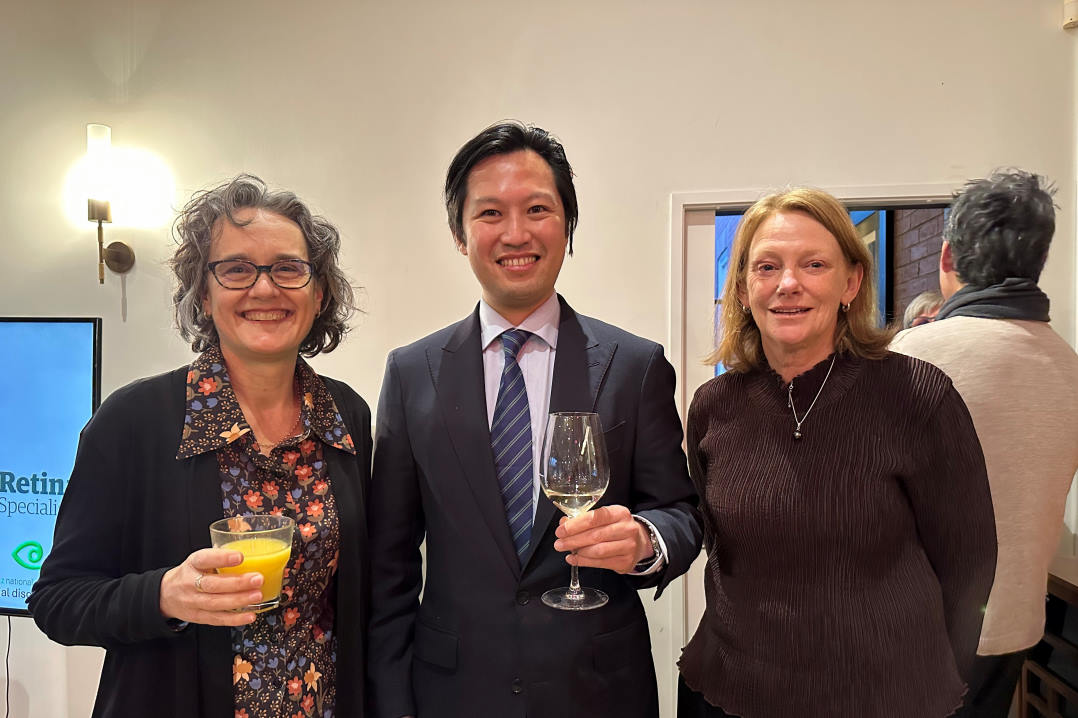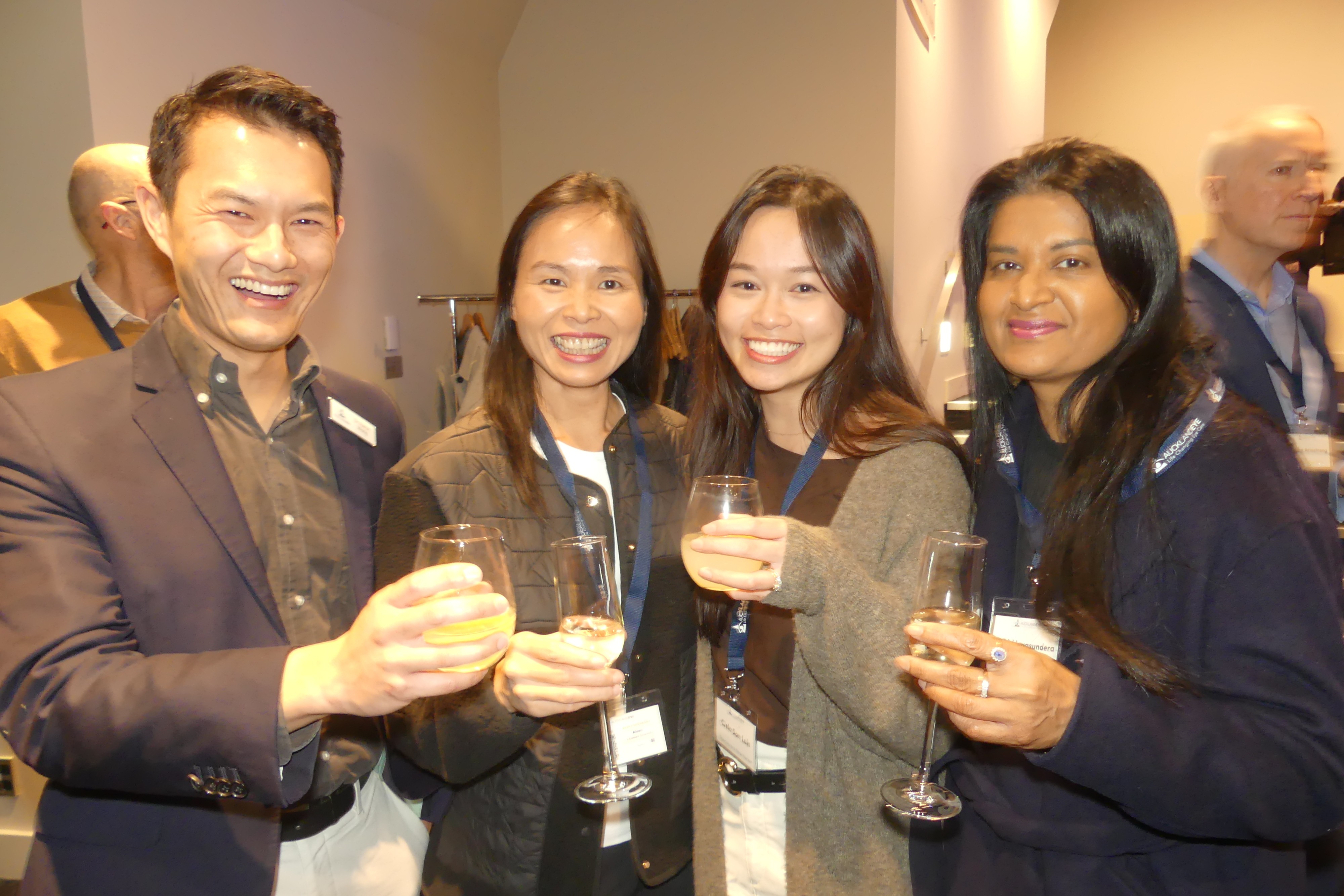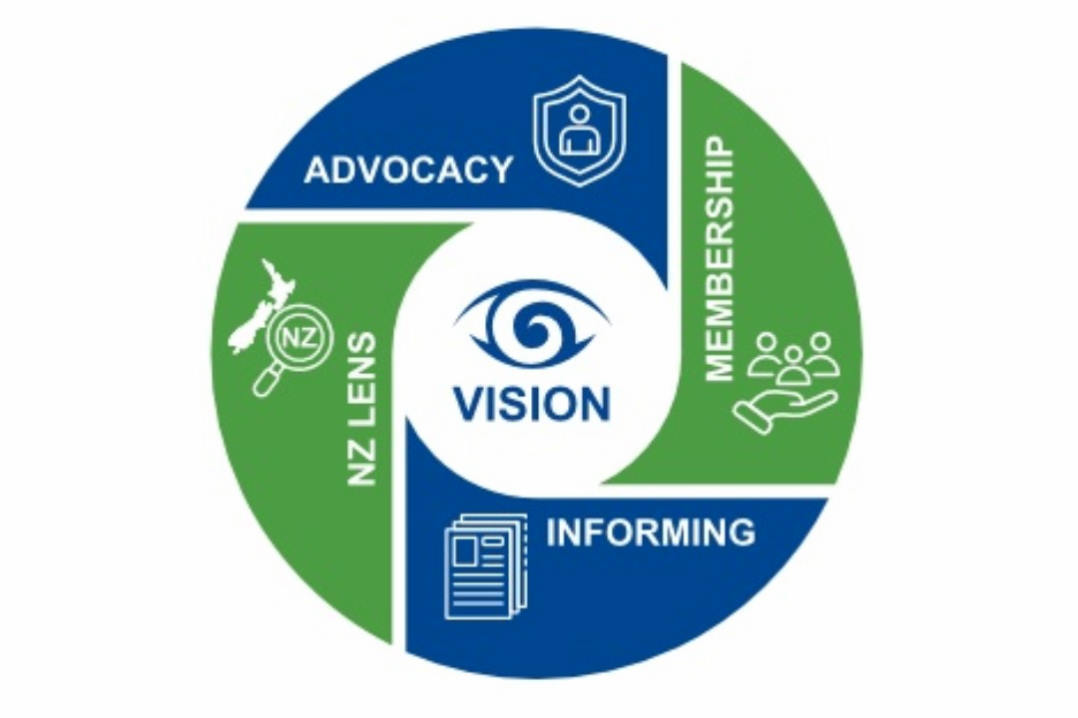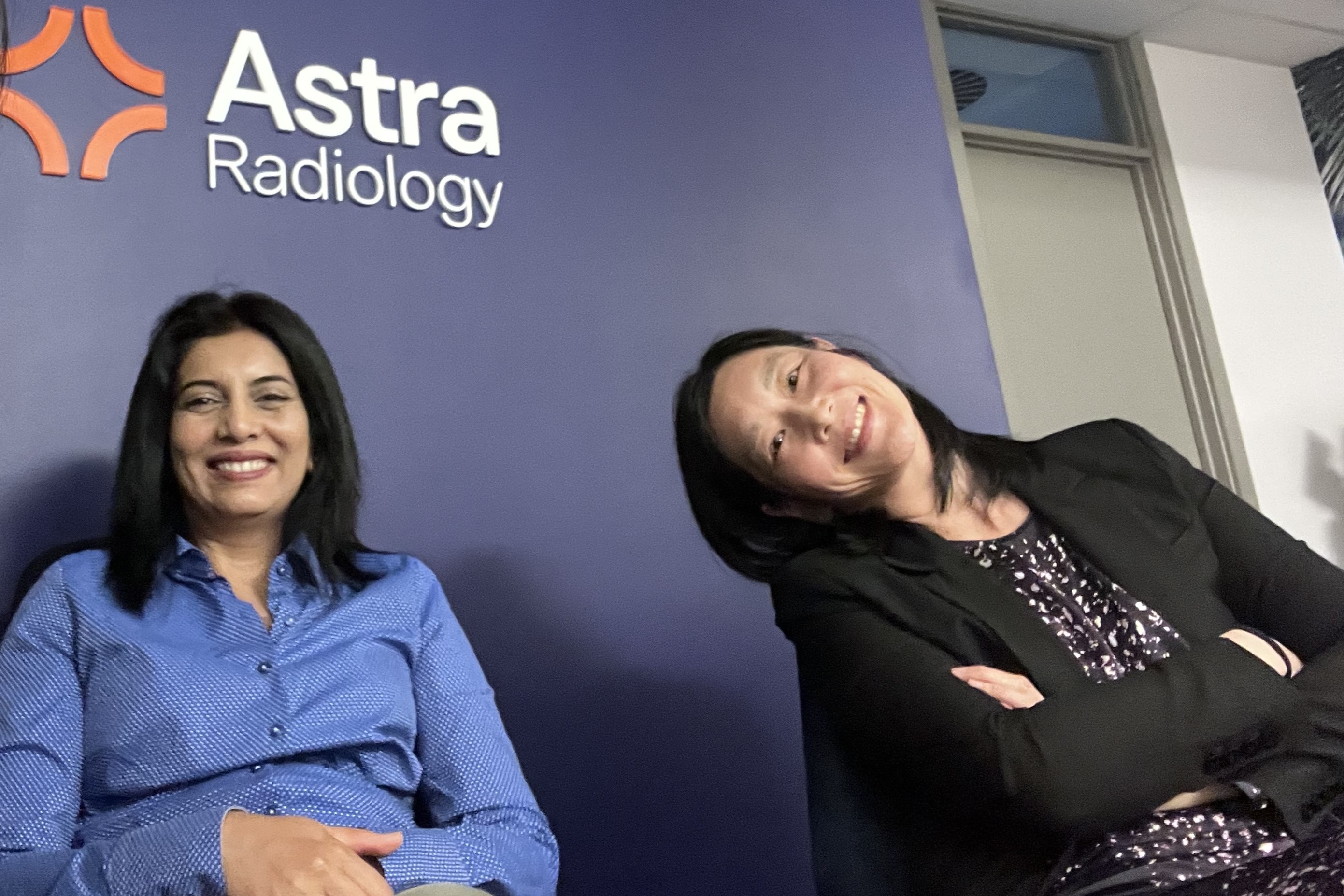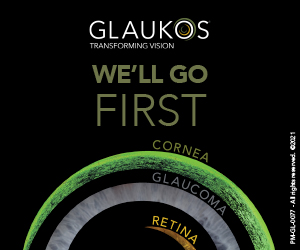A roadmap to independent practice
For many optometrists, the idea of setting up an independent practice can be either a fleeting thought or persistent hum in the background; after all, shaping a clinical vision from the ground up is an attractive prospect.
The path to independent ownership requires a unique combination of tenacity, passion and commitment, not to mention a fairly substantial side of capital. But what can really fuel success is possessing a niche, which is precisely what SooJin Nam, Ryan Mahmoud and Alex Petty have.
These three entrepreneurial optometrists embraced risk and challenge, stepping away from the security of stable employment to each build themselves an independent practice. This is an insight into their experiences, revealing a rewarding ride marked by trials, lessons learnt, growth and unexpected, but welcome, benefits.
The genesis of independence
The seed of independent practice was sown early for all three optometrists. For Nam – who operates five Eyecare Plus stores across Sydney, including the specialised Eyecare Kids – her family was the catalyst. “They were small-business owners so I knew the realities of hard work and the sense of ownership that came with it. Youth and ignorance also helped overcome any fear of starting a new business!" she laughs.
Mahmoud, who runs NVision Eyecare, an optometry practice based in a Rosedale medical centre in Auckland specialising in myopia control, dry eye, colour vision and RGP contact lens fitting, says he wanted to start his own practice from his very first days as an optometry student as he liked the idea of setting the clinical direction.
It’s a sentiment echoed by Petty, but his independent move was prompted by circumstance as much as ambition. After relocating to Tauranga, he found few local practices offered the specialty services he was passionate about, so he built his own clinic, Bay Eye Care, from the ground up. The clinic focuses on specialty contact lens treatments and orthokeratology for conditions like keratoconus, as well as myopia control strategies and dry eye and blepharitis therapies. Interestingly, he made the decision early on not to sell glasses or spectacle lenses.
The niche
For all three optometrists, the move to independence was less about escaping something and more about building towards a vision that reflected their values and clinical interests by capitalising on their specialty niche. It’s something they feel has been instrumental in their success, even in the face of naysayers. Case in point: Petty says people told him outright he was “mad to try to run a practice without selling glasses”, but it appears he’s had the last laugh with a highly profitable business with plenty of return clientele. “Time has shown you don’t need to be a retail practice to be successful, you just need a point of difference and to offer excellent service and products.”
Nam launched Eyecare Kids in 2012 with a simple but ambitious aim: to create a clinic with a strong clinical ethos focused on a breadth and depth of paediatric services – an area overlooked in general optometry at the time. Fast-forward to today’s much greater public awareness of myopia and the importance of children’s vision and she says her early strategy has proven to be well placed.
It’s a similar theme for Mahmoud, with his focus on areas he says are not very popular with many optometrists. But, unlike Petty, he continues to sell glasses. “I’m passionate about optics and dispensing as it’s something we do really well. Being independent means we can dispense the most complicated prescriptions,” he explains. “I think the future of optometry depends on the survival and success of independent optometry, as we service patient needs that may not be addressed elsewhere.”
The highs and lows
Translating a vision into reality is where the journey truly begins, but it’s also where challenges quickly multiply. Nam pursued an MBA while working full-time, which deepened her understanding of strategy and business management. But the hardest part, she says, has been scaling the business from a solo operation to a team of over 45 people across multiple sites. “Growth brings complexity, particularly in a service-based business where consistency of care, culture and communication are critical.”
That growth comes not just from knowing your strengths, but evolving as the industry does, she explains. “The profession is much more tech-forward and multifaceted. We’re now managing conditions, using advanced diagnostics and offering more sophisticated therapies. It’s exciting, but it also means staying current is non-negotiable.”
For her, this means embracing communication and HR tools – “albeit probably too slowly!” – such as Google Workspace and marketing software, while Petty is a big believer in upskilling and offering new solutions to patients. This takes the form of attending conferences in his specialty fields, as well as teaching colleagues and students in optometry and related health professions.
Overall, Petty notes surprisingly few issues in setting up and running his business, but does mention the initial vulnerability of being the sole clinician. “If I was out of the practice due to leave or sickness, patients couldn’t get care and the income stopped. Thankfully, this has been remedied with my colleague Aidan Quinlan joining the team a few years ago.”
The primary challenge for Mahmoud was quite stark. "Carrying the full business risk, I had to put in all my life savings. That was hard, but I had my family supporting me, which allowed me to get through the most difficult first years.” It also turns out some challenges were easier than expected. For Mahmoud, the clinical side was “business as usual”, while Petty was surprised at how quickly both referrals and profit materialised – a testament to the collegiality among local health professionals and the demand for specialist expertise. “Patients are happy to pay more when they can see the value and the results,” he says.
The lessons learnt
Nam is quick to highlight the importance of having financial literacy as a string to your bow. "It’s vital to understand your business numbers – they tell you where your business is headed.” Mahmoud agrees, noting managing cash flow and controlling costs is crucial to surviving tough times, such as the Covid pandemic and economic downturns. “Plan for growth from day one. Even if you’re starting solo, think about systems and processes that can scale,” Nam advises.
But numbers alone do not build a practice; Petty emphasises the importance of relationships – be they long-term patients, colleagues or referrers. It’s critical to be consistent, ethical, respectful and kind – it’s in these very relationships you may find the greatest joys, he says. For Nam it’s seeing former patients return with their own children, “or watching junior staff grow into leadership roles, which has been a quiet but powerful reward.”
On the marketing front, it seems a combination of word-of-mouth and investing in education has worked well. “Traditional marketing via radio and newspaper didn’t offer much help,” says Petty. The most effective tactic has been face-to-face meetings with GPs, and hosting evenings with optometry colleagues to discuss cases and treatments. Nam also made a conscious choice to focus on education rather than promotion, offering free talks for parents and teachers, slowly building trust through knowledge-sharing.
Starting out, support systems are crucial, which includes connecting with mentors, says Nam. “I looked for people who had walked the path before me and could share both successes and cautionary tales.” Petty concurs, saying, “They’ve made the mistakes you are going to, so find out what they are first!”
While Mahmoud sought advice from fellow optometrists and professionals such as lawyers and accountants, Petty leaned on colleagues, industry contacts, his accountant and business advisor, and Nam also reached out to non-optometry business owners. “It’s surprising how many of our challenges are mutual,” she says.
There’s room for all
The last decade or so has seen the rise of corporate optometry practices across New Zealand and Australia, but Nam says she feels there’s room for multiple models to coexist. “There will always be demand for high-quality, patient-centred care in community practices.”
Petty also sees the corporates as a good thing. “Their lower-cost model has allowed more New Zealanders from a range of socioeconomic backgrounds to have access to eyecare.” A good proportion of referrals to his clinic come from corporate practices, as they recognise their business model or expertise may not help certain patients, he says. “If these patients need glasses down the line, they head back to their referring practice for them. Everyone wins.”

Renee Lunder is an Australian freelance journalist, proud specs wearer and regular contributor to NZ Optics.




